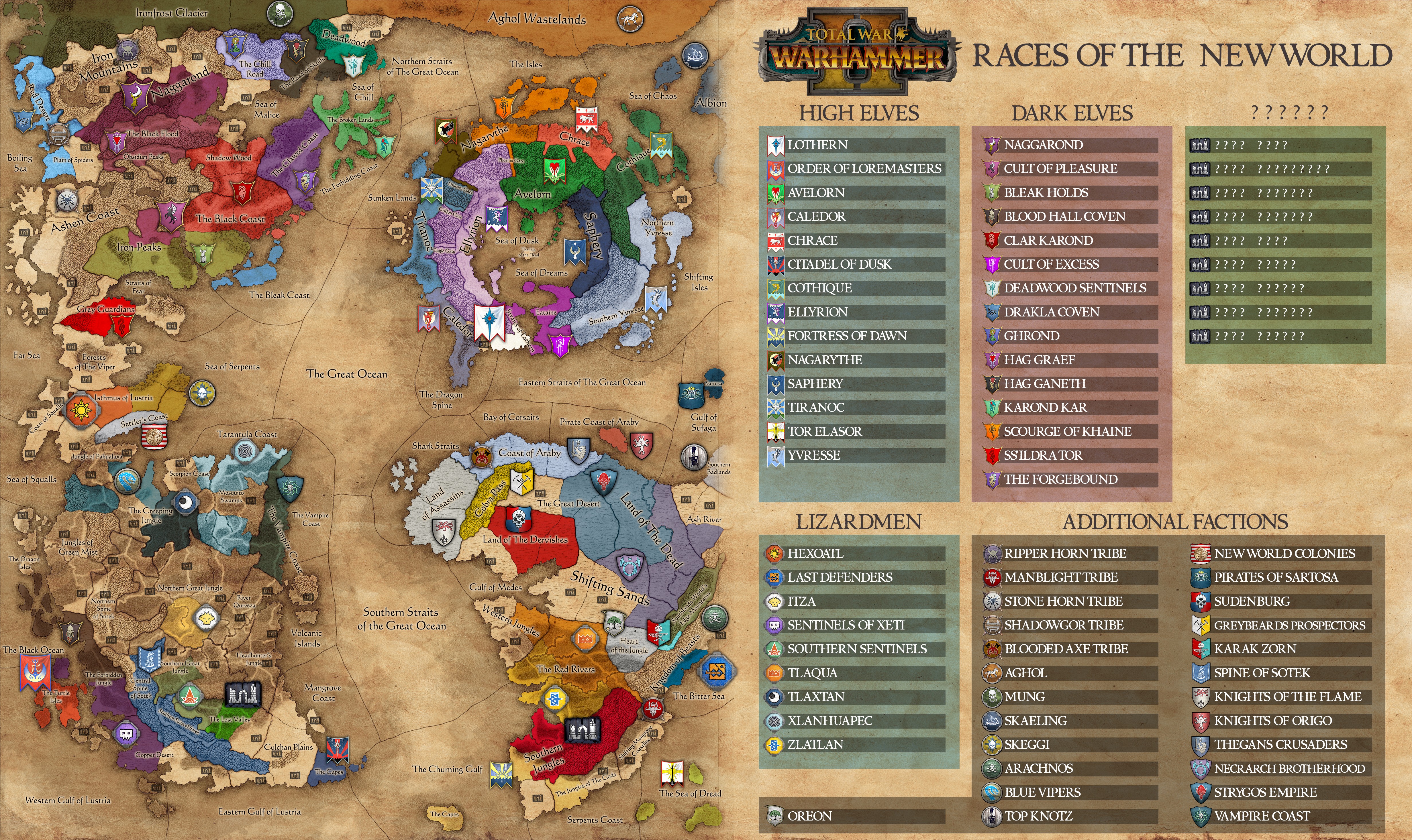
The same command can be used in a multi-module scenario (i.e. If you are uncertain what you want, the preferred phase to call is If you want to run the unit tests, run test. You should select the phase that matches your outcome. jar), run integration tests against that package, verify the integration tests, install the verified package to the local repository, then deploy the installed package to a remote repository. Given the lifecycle phases above, this means that when the default lifecycle is used, Maven will first validate the project, then will try to compile the sources, run those against the tests, package the binaries (e.g. These lifecycle phases (plus the other lifecycle phases not shown here) are executed sequentially to complete the default lifecycle.



The default lifecycle handles your project deployment, the clean lifecycle handles project cleaning, while the site lifecycle handles the creation of your project's web site. There are three built-in build lifecycles: default, clean and site. What this means is that the process for building and distributing a particular artifact (project) is clearly defined.įor the person building a project, this means that it is only necessary to learn a small set of commands to build any Maven project, and the POM will ensure they get the results they desired. Maven is based around the central concept of a build lifecycle. Setting Up Your Project to Use the Build Lifecycle.Introduction to the Build Lifecycle Table Of Contents


 0 kommentar(er)
0 kommentar(er)
